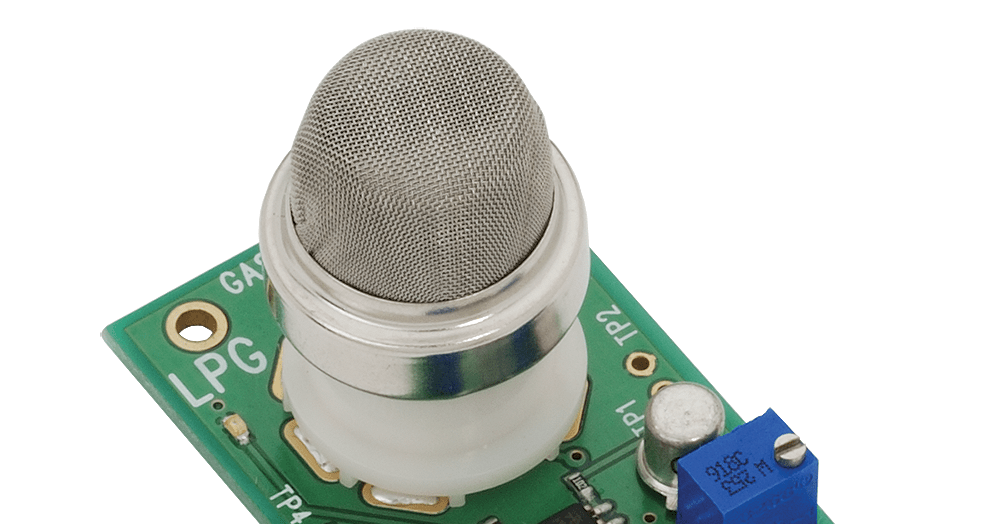The global Acoustic Wave Sensors Market for 2023 to 2033 is poised for substantial growth as industries increasingly adopt advanced sensor technologies for enhanced performance, reliability, and efficiency. Valued at USD 932.9 million in 2023, the market is projected to surge to USD 2,729.5 million by 2033, driven by rapid technological innovations and expanding applications in various industries.
Acoustic wave sensors utilize acoustic waves to detect changes in mass or mechanical properties, making them ideal for applications that require high precision and reliability. These sensors are widely used across sectors such as automotive, healthcare, and telecommunications due to their ability to perform under extreme conditions without the need for external power sources.
The rising demand for acoustic wave sensors in monitoring systems, industrial processes, and automotive components is a key driver for the market. North America currently dominates the market, thanks to its strong presence of advanced industries, while Asia-Pacific is expected to witness the fastest growth, fueled by the increasing industrialization and technological advancements in emerging economies like China and India.
Key Takeaways from the Market Study
- The global Acoustic Wave Sensors Market is expected to grow at a compound annual growth rate (CAGR) of 11.2% from 2023 to 2033.
- The market value is projected to reach USD 2,729.5 million by 2033, tripling its size in a decade.
- Increasing demand for wireless and battery-free sensors is propelling market growth.
- North America holds the largest market share, but Asia-Pacific is expected to grow at the highest CAGR due to expanding industrial applications.
- The automotive and healthcare sectors are among the largest end-users of acoustic wave sensors.
Drivers and Opportunities
The growth of the Acoustic Wave Sensors Market is largely driven by the rising adoption of wireless sensors in industries such as automotive, healthcare, and consumer electronics. Acoustic wave sensors are preferred for their high sensitivity, durability, and ability to operate in harsh environments, making them ideal for a wide range of applications.
Additionally, the growing emphasis on environmental monitoring and the need for advanced diagnostic systems in healthcare are creating significant opportunities for market expansion. The trend towards miniaturization and the development of Internet of Things (IoT) technologies are further contributing to the growing demand for acoustic wave sensors in smart devices and industrial automation.
Components Insights
The Acoustic Wave Sensors Market can be segmented based on sensor type, including surface acoustic wave (SAW) sensors and bulk acoustic wave (BAW) sensors. SAW sensors accounted for the largest market share in 2023 due to their widespread use in wireless communication systems, industrial process control, and automotive applications.
However, BAW sensors are expected to witness a higher growth rate over the forecast period as they are increasingly adopted for their superior performance in extreme temperature and pressure conditions, particularly in the aerospace and defense sectors.
Application Insights
Acoustic wave sensors are used in a wide variety of applications, including automotive systems (such as tire pressure monitoring), industrial automation, environmental monitoring, and healthcare diagnostics. The automotive sector, in particular, is a significant contributor to the growth of the Acoustic Wave Sensors Market, driven by the increasing adoption of sensor technologies in advanced driver assistance systems (ADAS) and emission control systems.
In the healthcare sector, acoustic wave sensors are gaining traction for their use in diagnostic equipment, offering non-invasive and highly accurate monitoring of various health parameters.
Deployment Insights
Based on deployment, wireless acoustic wave sensors are expected to see the highest growth during the forecast period due to the increasing demand for battery-free, low-power solutions in both industrial and consumer applications. Wireless sensors offer significant advantages in terms of ease of deployment and maintenance, especially in remote or hard-to-reach environments.
On the other hand, wired acoustic wave sensors still hold a considerable market share due to their reliability and robustness in critical applications, particularly in industrial automation and heavy machinery monitoring.
Key Companies & Market Share Insights
The Acoustic Wave Sensors Market is characterized by intense competition among key players who are focused on innovation and strategic collaborations. Leading companies in the market include:
- Honeywell International Inc.
- Sensata Technologies, Inc.
- Murata Manufacturing Co., Ltd.
- Siemens AG
- Vectron International
- Kyocera Corporation
These companies are continually investing in research and development to introduce innovative sensor technologies, with a particular focus on expanding their application scope in emerging sectors such as healthcare, IoT, and environmental monitoring.
Recent Developments
- In May 2023, Honeywell International Inc. launched a new range of surface acoustic wave (SAW) sensors designed for high-temperature industrial applications, providing enhanced precision and durability.
- Sensata Technologies, Inc. announced a strategic partnership with a leading automotive manufacturer in 2024 to supply acoustic wave sensors for their upcoming electric vehicle models.
- Murata Manufacturing Co., Ltd. introduced an advanced bulk acoustic wave (BAW) sensor in March 2024, aimed at improving wireless communication systems in 5G infrastructure.
